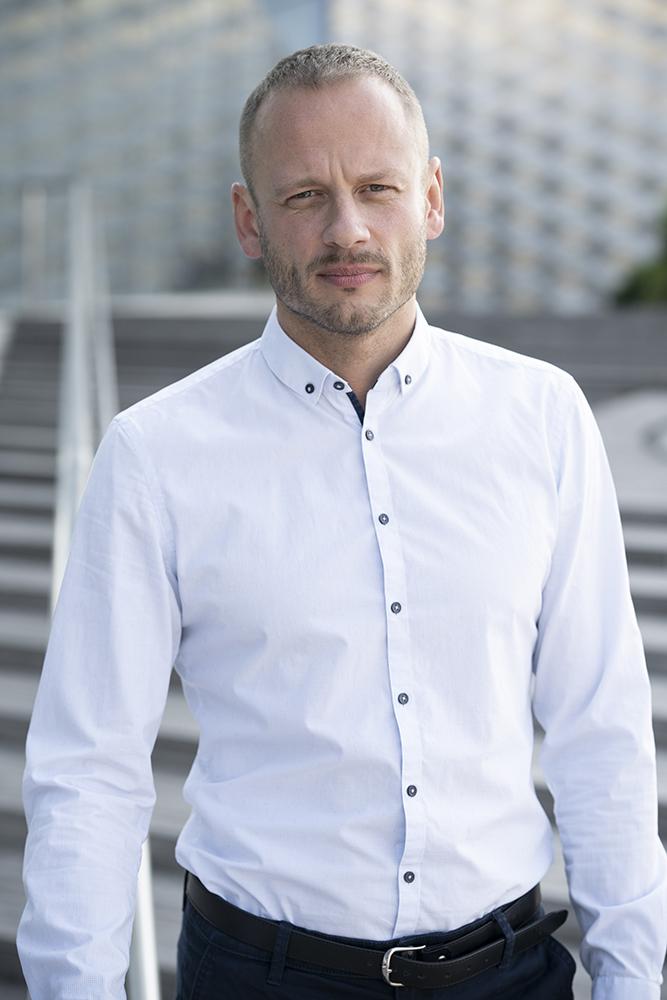
Marijus Milasius, head of power-by-the-hour at Magnetic Trading
Marijus Milasius joined Magnetic Group in 2019 as the head of power-by-the-hour, with a primary focus on component programs. He spoke with Keith Mwanalushi about the aftermarket’s current power-by-the-hour landscape.
What component programs are you currently managing at Magnetic Trading?
At the power-by-the-hour (PBH) department, which is a part of the Magnetic Trading subsidiary, we manage programs such as PBH for Boeing 737NG rotable components and power-by-the-cycle (PBC) for 737NG and 737 MAX aircraft wheels and brakes. At present, we’re scaling the latter and have plans to open a components workshop in Warsaw, Poland, for several reasons. For one, one of our primary customers is based there, so we want to provide a more efficient solution. Secondly, Warsaw is a strategically convenient location geographically in central Europe, it has high flight volumes, many qualified specialists and, generally, it is a large and versatile market.
How are supply chain disruptions impacting PBH services?
All current supply chain disruptions affect PBH services in the form of longer turnaround times (TAT) in repair shops, growing component prices and overall costs, which all have a ripple effect and lead to increased costs as a bottom line. The availability of components impacts not only our sector, since the same situation is experienced in most sectors across the industry, due to the shortage of spare parts, workshops being late with their repairs and OEMs facing delays with their production.
Consequently, if you can’t repair your component on time, purchasing or exchanging one from the market will be considerably more expensive. Some prices have gone up more than 300% compared to the pre-COVID period. In aviation, especially in the PBH business line, you can’t really postpone or delay. So, in the recent state of the market, more often than not, you have to go for an expensive yet available option component-wise.
The qualified labor shortage also contributes to the extended TATs. This issue is noticeable in almost all supply chain parts, and unfortunately, there is no easy fix. It will take time for the sector to adapt to the demand, which has rapidly bounced back and shows no signs of slowing down. Due to supply chain disruptions, the geography of partnerships with suppliers and service providers has expanded to mitigate the risks of prolonged TATs.
In the current environment, are operators locking in longer term PBH contracts?
For an operator, PBH is a convenient option because they don't have to waste their resources searching for all the required parts, negotiating every deal and so on. At the core, PBH is an agreement between an operator and suppliers. So, we act as the supplier, agreeing to provide a definite number of spares to the operator's facility or common forward stocking locations. Then, the operator pays the dues based on aircraft utilization.
As a result, an airline using PBH services can reduce their headcount and administrative and insurance costs and consolidate costs into a fixed hourly rate, resulting in minimizing overall financial and operational costs, among other benefits. In its nature, PBH is a long-term service with a contract range of approximately five years, which highly depends on return on investment. In a sense, it's like a bank operation; an airline comes in looking for PBH services, stating that they will pay a certain amount with interest for needed components, whereas then the PBH provider goes ahead and finds the best deals for these parts, buys them out and provides them as per agreement.
For this reason, in this current market that's somewhat volatile, PBH continues to be a prevalent option for airlines, helping remove all the necessary headaches and predict their direct operating costs better.
What does your PBC program entail?
Simply put, PBC, as the name indicates, counts per cycle and not hour, like in the case of PBH. It's important to note the distinction between the two: PBH, where flight hours are counted, is applied only to rotable components, whereas PBC, where it's all counted per cycle, is only dedicated to wheels and brakes. In a nutshell, PBC means cost per landing because only then are these parts in use, making them wear off over time. As for PBH, when an aircraft is in use (this also includes being on the ground, whenever engines are running or hard time components), its rotable components are in use, too, so that's why an hourly calculation is applied.
But the principle remains the same: an airline sends an unserviceable component to the PBH provider, which takes care of the repair shop-related processes, and then returns a serviceable component into the pool, available for the operator.
Component repair costs are currently high, so how important is cost predictability for operators?
Cost predictability is crucial for operators, but this is where services like PBH step in and remove it from the equation. If an operator, for example, is using PBC and only needs to pay for their landings per a certain period, the service provider absorbs all the other costs. Also, agreed rates between an airline and provider are usually locked in for a year, with an established escalation applied to those rates annually.





